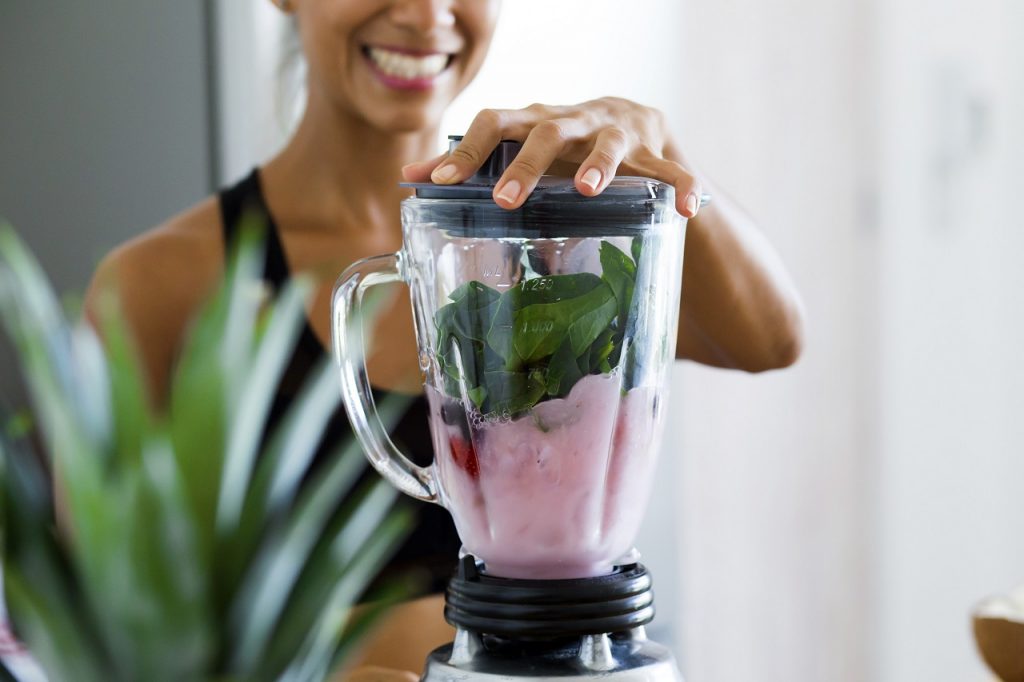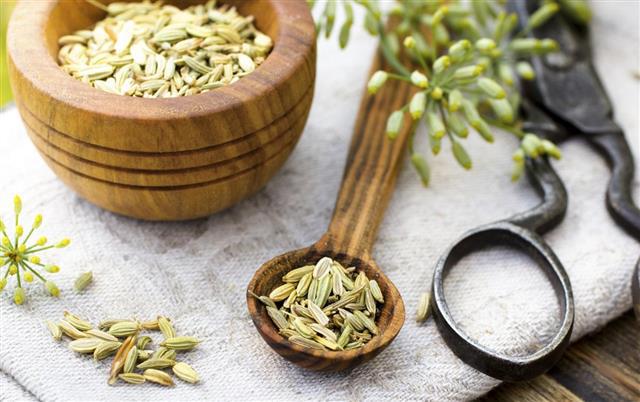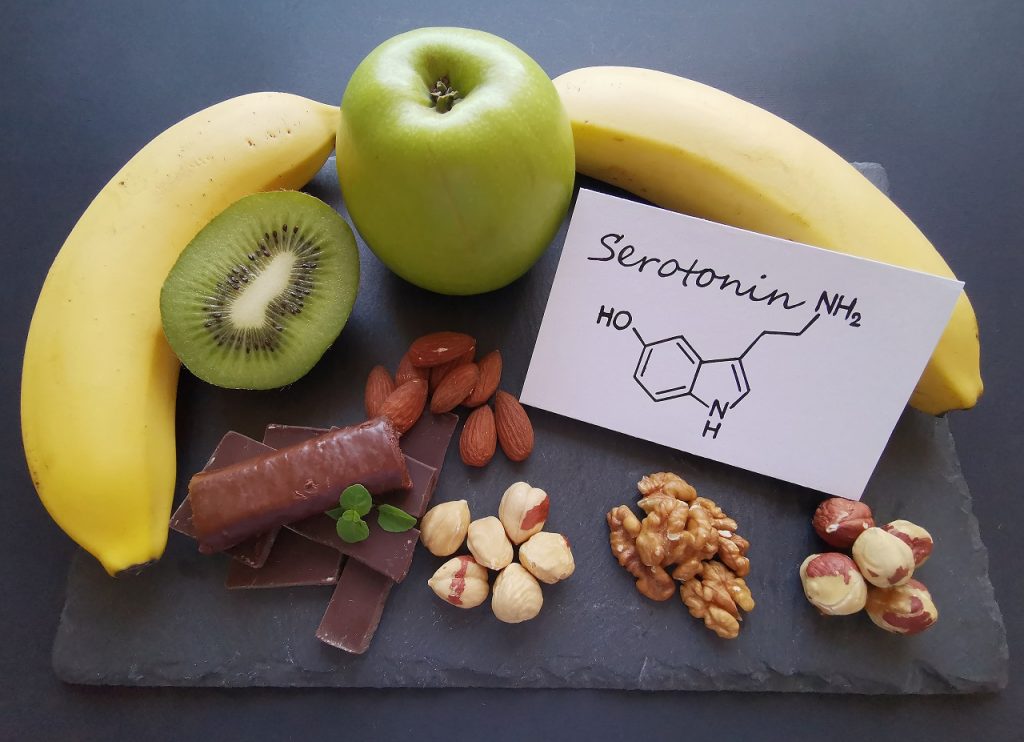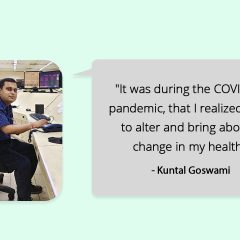
Have you gone to unfathomable lengths to shed those extra kilos from your body? At one point, even I did the same. I, in fact, tried everything but still hit a plateau even after following a strict exercise regime and eating healthy. To combat the plateau, I switched to smoothies for breakfast instead of what I ate normally. I made the best use of veggies, fruits, nuts and seeds stored in my fridge. That’s how my super slimming smoothie recipes came into existence!
Needless to say, they delivered results. Apart from that, these super slimming smoothie recipes are palatable, take less time to prepare, look tempting and are really nutritious!
Let’s take a look at them!
1. Sapodila (Chiku), Chia Seeds and Almond Milk Smoothie
Ingredients:
- Sapodillas: 3 – 4
- Chia Seeds: 1-2 tbsp
- Almond milk: ½ cup
- Almond flakes: 1 tbsp
How to Prepare:
- Wash the Sapodillas. Peel, remove the seeds and chop them roughly
- Put the chopped sapodillas into the blender and add almond milk.
- Blend into a smooth paste and pour it in a glass
- Add Chia seeds and stir well
- Top it up with Almond flakes before drinking.
2. Celery, Pear and Apple Cider Vinegar (ACV) Smoothie
Ingredients:
- Chopped Celery: 1 cup
- Chopped Pear: 1 cup
- ACV: 1 tsp
- Himalayan Salt: 1 Pinch
How to Prepare:
- Put the chopped celery and pear in the blender, blend it well and pour in a glass.
- Add 1 teaspoon of Apple Cider Vinegar and a pinch of Himalayan salt and blend again for a few seconds.
- Stir well before drinking.
3. Blueberry, Oats and Pumpkin Seeds Smoothie
Ingredients:
- Blueberries: ½ cup
- Oats: ¼ cup
- Pumpkin Seeds: 2 tbsp
- Low Fat Milk: 1-2 cups
How to Prepare:
- Blend the blueberries, oats, pumpkin seeds and milk together in one go.
- Pour the contents in a glass and enjoy.
4. Banana, Almond and Dark Chocolate Smoothie
Ingredients:
- Sliced Banana: 1 Cup
- Almonds: 8
- Grated Dark Chocolate (80% cocoa): 4 tbsp
- Chilled Low Fat Milk: ½ cup
How to Prepare:
- Toss the sliced bananas, almonds, grated chocolate and chilled milk into the blender and give it a spin.
- Pour the smoothie in a glass and enjoy!
5. Purple Smoothie
Ingredients:
- Jamun (Black Plum) Pulp: 1 cup
- Curd: ½ cup
- Soaked Chia Seeds: 1 tsp
- Organic Honey: 1 tbsp
How to Prepare:
- Pour the Jamun pulp and curd in the mixer and blend well.
- Add the organic honey to the above mixture along with the entire contents of the soaked chia seeds with water and blend well.
- Pour the smoothie in a glass and drink it.
These are a few of the super slimming smoothie recipes for weight loss. If you’re looking for something uniquely nutritious, this is it! So hit the kitchen and go super healthy! Do share your experience in the comments below.
For more healthy recipes, check out Healthy Reads or tune in to cooking sessions on GOQii Play.
To get more advice on recipes, nutrition, weight loss and diet tips, subscribe to GOQii’s Personalised Health Coaching here.
#BeTheForce
 Can you imagine a plate of food without grains? It has been a staple for us since forever! There’s always that crushing sense of dissatisfaction if grain-based foods are missing from our plates even for a single day. As a large component of our diet for the longest time, why is it that most people are now moving towards a ‘no grains’ diet or keeping it to a minimum? One of the reasons people avoid grains is due to digestive issues – common ones being acid reflux, bloating, gas, abdominal cramps, flatulence, etc.
Can you imagine a plate of food without grains? It has been a staple for us since forever! There’s always that crushing sense of dissatisfaction if grain-based foods are missing from our plates even for a single day. As a large component of our diet for the longest time, why is it that most people are now moving towards a ‘no grains’ diet or keeping it to a minimum? One of the reasons people avoid grains is due to digestive issues – common ones being acid reflux, bloating, gas, abdominal cramps, flatulence, etc. In my previous blog, we talked about the amazing
In my previous blog, we talked about the amazing 



